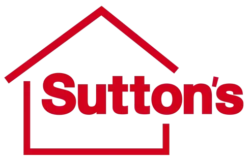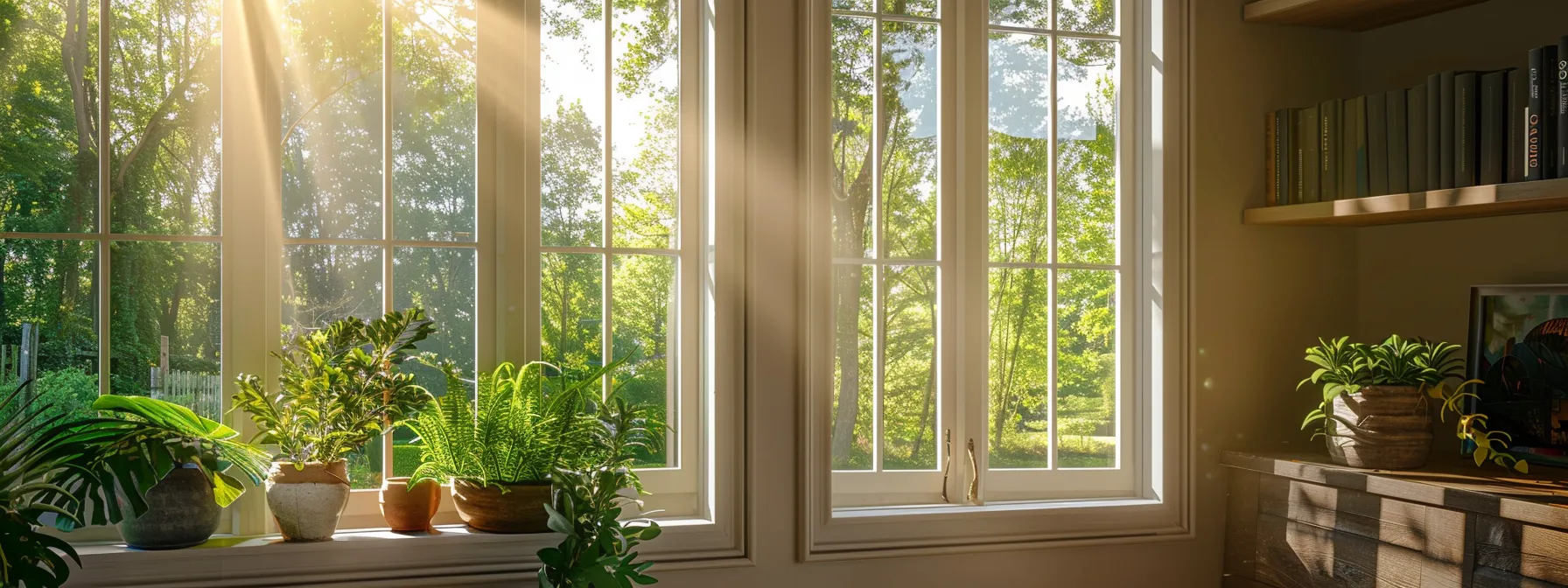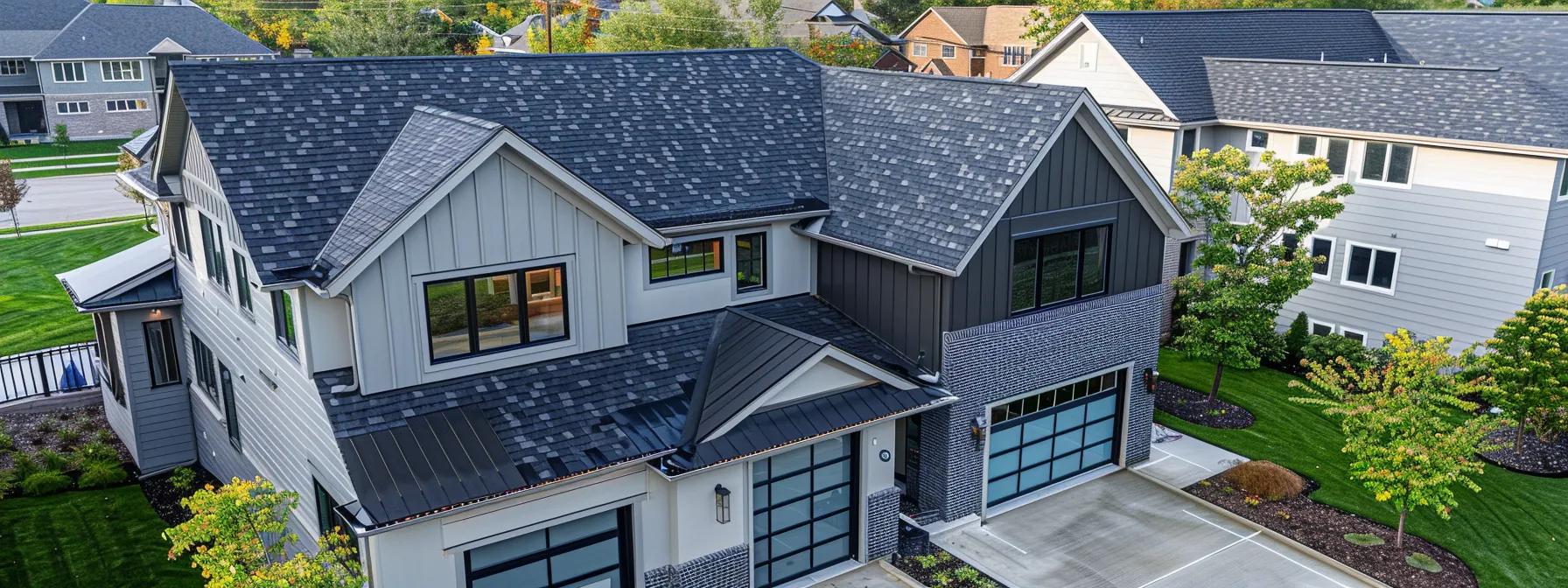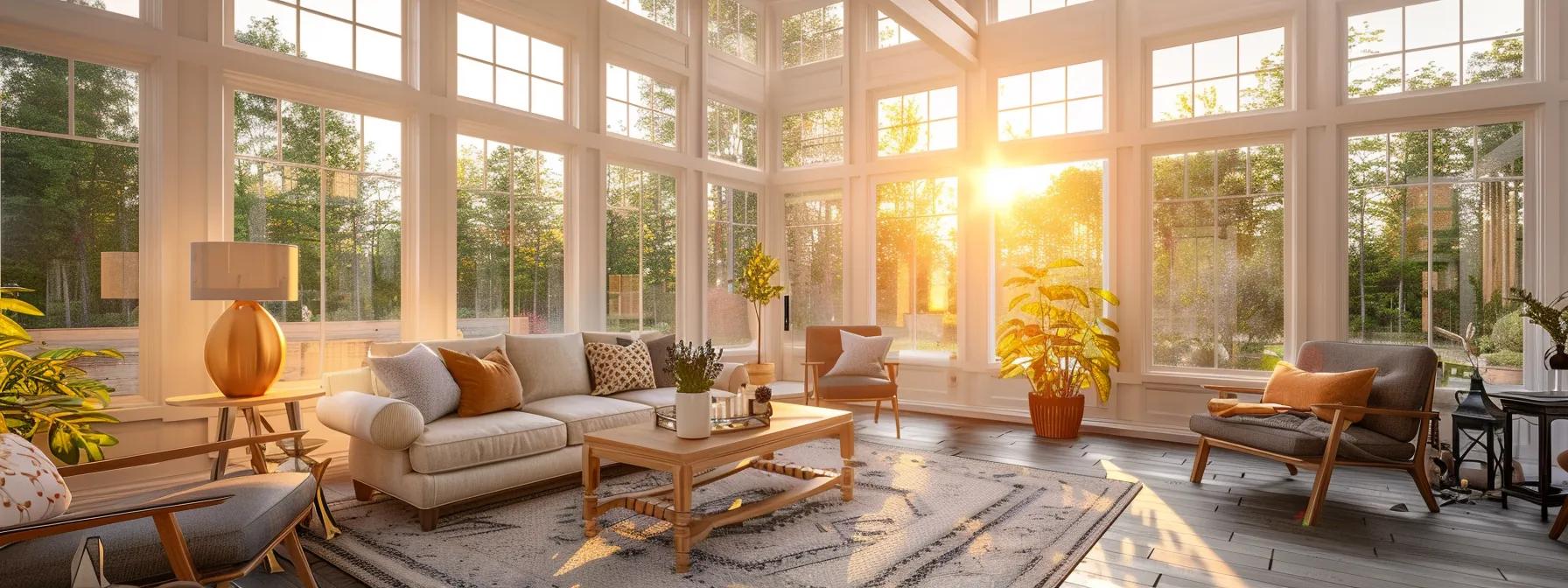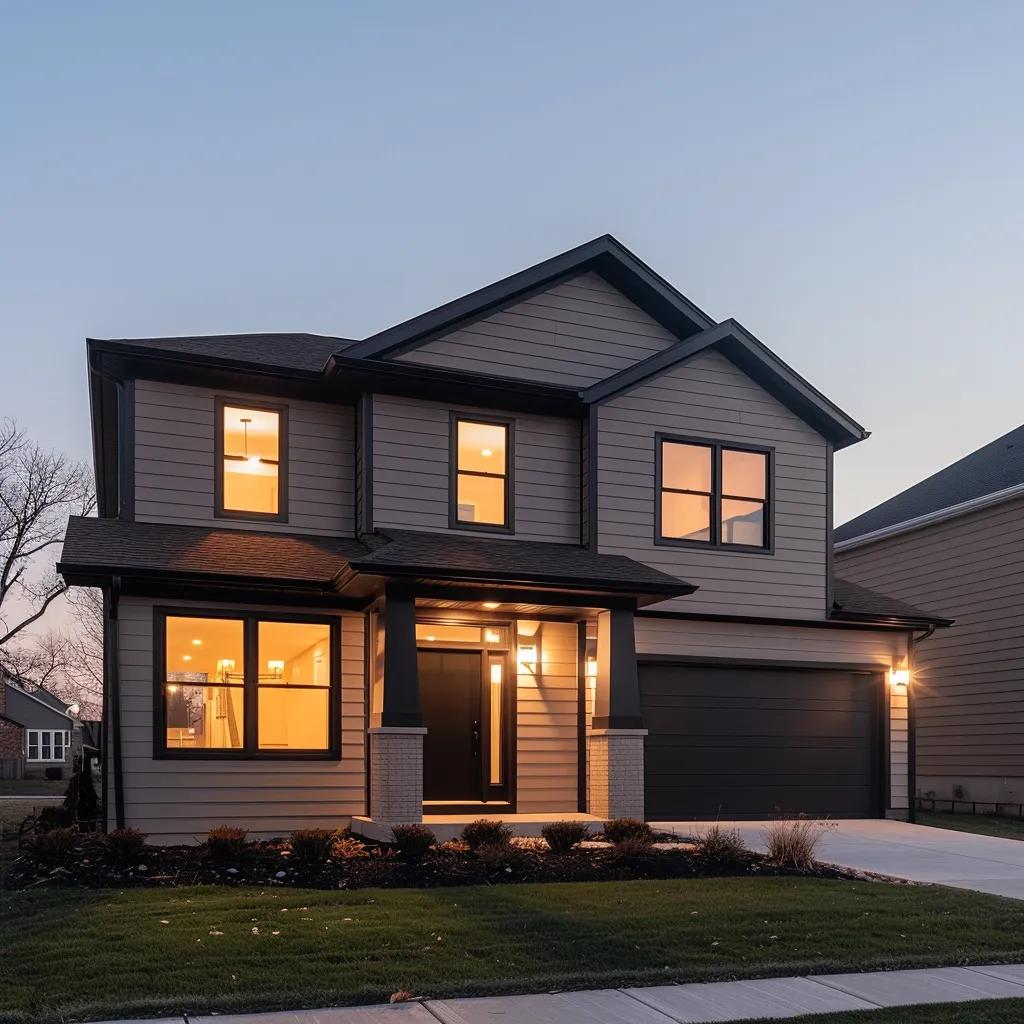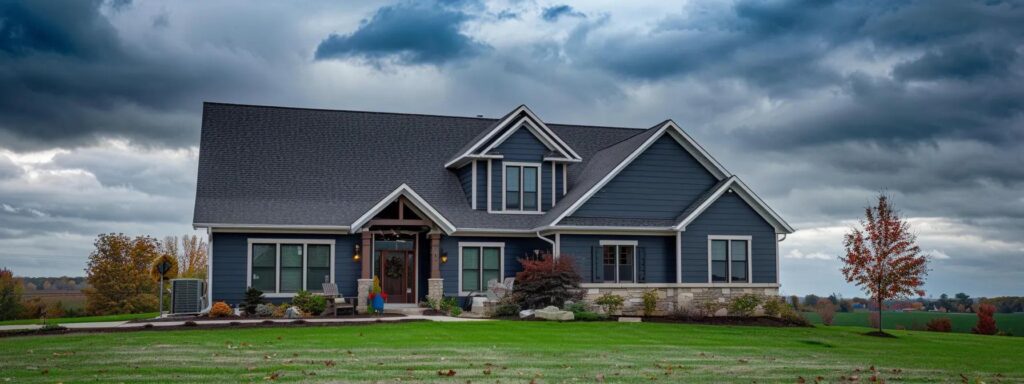
Vinyl Siding: The Ideal Choice for Central Illinois Climate
Understand How Vinyl Siding Fits Central Illinois Weather Patterns
Vinyl siding is engineered to thrive in the diverse weather of Central Illinois. It is designed to handle temperature extremes, humidity variations, and heavy precipitation. The material resists warping or cracking when exposed to rapid shifts from extreme heat to bitter cold.
Analyze Temperature Fluctuations in Central Illinois
Central Illinois experiences summer highs in the 90s°F and freezing winter temperatures. Vinyl siding is manufactured to remain dimensionally stable, minimizing buckling or chipping even when temperature shifts occur quickly. Its thermal resilience helps maintain a consistent appearance throughout changing seasons.
Assess Humidity Levels Impacting Home Exteriors
High humidity in Central Illinois can lead to moisture problems in some materials. Vinyl siding is non-porous, which prevents water absorption and minimizes the risk of mold, mildew, and structural degradation. This attribute reduces maintenance needs and helps maintain a healthy home exterior.
Examine Rainfall and Snowfall Interaction With Siding Materials
The region experiences significant rainfall and snowfall. Vinyl siding is engineered to repel water, allowing rain to run off quickly. Its smooth finish deters water infiltration, and its flexibility enables it to shed snow without cracking or warping, thereby protecting the home’s structural integrity and aesthetics.
Consider Wind Conditions and Their Effect on Siding Choices
In Central Illinois, wind storms can challenge exterior materials. Vinyl siding’s interlocking panels stay secure even in strong winds—tests show it can withstand high wind speeds. This resistance to wind damage helps keep the home’s exterior intact and visually appealing.
Review Seasonal Changes and Their Influence on Home Exteriors
Seasonal shifts in Central Illinois demand durability and aesthetic consistency. Vinyl siding comes in a variety of colors and textures that remain vibrant despite long-term exposure to sunlight and harsh weather. Its UV resistance helps prevent fading and chalking, reducing the need for frequent repainting.
Discuss Regional Climate Adaptation Needs for Siding
Vinyl siding meets regional needs by combining durability, weather resistance, and low maintenance. It is easy to clean and helps stabilize indoor temperatures, reducing the load on heating and cooling systems. Tailored for the local climate, vinyl siding enhances both the home’s efficiency and appeal.
Explore the Benefits of Vinyl Siding for Homeowners
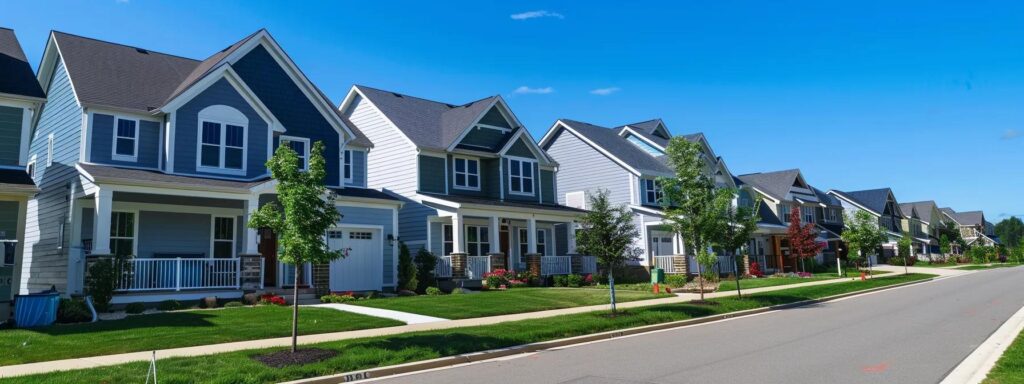
Vinyl siding is favored by Central Illinois homeowners for its affordability, low maintenance, energy savings, and ease of installation. Its long lifespan makes it a pragmatic choice for protecting and beautifying home exteriors.
Identify Cost-Effectiveness of Vinyl Compared to Other Materials
Compared to fiber cement, wood, or other materials, vinyl siding is generally more affordable in both material and installation costs. Its low pricing and reduced need for frequent repairs offer long-term savings that make it an attractive option for large-scale home improvement projects.
Highlight Low Maintenance Requirements for Busy Lifestyles
For busy homeowners, vinyl siding offers minimal upkeep. It resists fading, staining, and insect damage, typically requiring only a periodic wash with a garden hose and mild detergent. This low maintenance need saves both time and money.
Discover Aesthetic Options and Customization Available
Vinyl siding is available in a wide range of colors, finishes, and textures. It can simulate the look of more expensive materials like wood or stone while keeping maintenance minimal. The high-quality pigment lock technology ensures that colors remain vibrant over the years.
Investigate Energy Efficiency Improvements With Vinyl Siding
When paired with proper insulation, vinyl siding adds a layer of thermal protection. This extra insulation can lead to energy savings by reducing the demand on HVAC systems during both winter and summer months, contributing to a more efficient home.
Examine Durability Against Weather Extremes Over Time
Vinyl siding is built to withstand UV rays, high humidity, and temperature changes without deteriorating. Without the risks of rot, corrosion, or insect infestation, it can last several years, ensuring a high return on the investment with minimal repair costs.
Understand Noise Reduction Features of Vinyl Siding
The installation of vinyl siding creates an insulating barrier that reduces external noise from streets, industrial areas, or high winds. This sound reduction contributes to a quieter and more comfortable living environment.
Evaluate Different Styles and Colors of Vinyl Siding
Vinyl siding offers versatility in style and color, making it easy to customize a home’s exterior without sacrificing durability and low maintenance.
Analyze Popular Color Choices for Central Illinois Homes
Neutral tones—such as beige, grey, and soft whites—are popular in Central Illinois because they complement local architectural styles and natural surroundings. These colors help hide minor imperfections and resist fading.
Review Textures Available for Enhanced Curb Appeal
Homeowners can choose from smooth finishes to textures that mimic wood grain or stone. These options add depth to the exterior and allow for a personalized aesthetic that enhances curb appeal.
Compare Horizontal and Vertical Siding Styles
Horizontal siding, which creates a sense of stability, remains popular. Vertical siding, on the other hand, can emphasize a structure’s height. Both offer effective water resistance and structural integrity through specialized interlocking systems.
Discuss Trends in Vinyl Siding Design for Modern Homes
Modern vinyl siding trends favor minimalistic designs with clean lines and seamless finishes. There is also a growing interest in eco-friendly options and recycled materials, which provide a contemporary look without compromising durability.
Explore Eco-Friendly Options in Vinyl Siding Materials
Manufacturers now offer recycled vinyl siding options that lower environmental impact without sacrificing performance. These choices appeal to eco-conscious homeowners, aligning durability with sustainability.
Investigate Long-Term Color Retention and Fading Resistance
Advances in manufacturing, including UV inhibitors and high-quality pigments, ensure that vinyl siding retains its color over time. Homeowners can trust that their chosen color will continue to look fresh even with prolonged exposure to the elements.
Investigate Cost Factors Relative to Vinyl Siding Installation
Evaluating the costs of vinyl siding involves understanding material, installation, and maintenance expenses, along with its return on investment in terms of increased home value.
Breakdown Material Costs for Vinyl Siding Options
Vinyl siding is typically less expensive than alternative materials due to mass production and economies of scale. Homeowners can choose from a variety of price points while still achieving durability and aesthetic appeal.
Analyze Installation Labor Expenses and Timeframes
Because vinyl siding is lightweight and easy to handle, professional installation is usually faster and less expensive compared to heavier materials. This efficiency translates into lower labor costs and reduced disruption.
Calculate Long-Term Savings Through Energy Efficiency
Properly installed vinyl siding, combined with insulation, can lead to annual energy savings by stabilizing indoor temperatures. This reduction in energy bills contributes significantly to long-term cost-effectiveness.
Assess Return on Investment for Home Value Increase
Upgrading to high-quality vinyl siding not only enhances energy efficiency and aesthetics but can also boost property value. Many homeowners see a 5–10% increase in market value, reinforcing vinyl siding as a smart investment.
Review Financing Options for Homeowners
Various financing options—such as home improvement loans and manufacturer programs—can help homeowners manage the upfront costs of vinyl siding installations while enjoying immediate benefits.
Understand Maintenance Costs Over Vinyl's Lifespan
Vinyl siding’s durability minimizes maintenance needs. Routine cleaning is typically the only requirement, making it one of the most cost-effective exterior options over time.
Find Out About Vinyl Siding Repair and Replacement Solutions
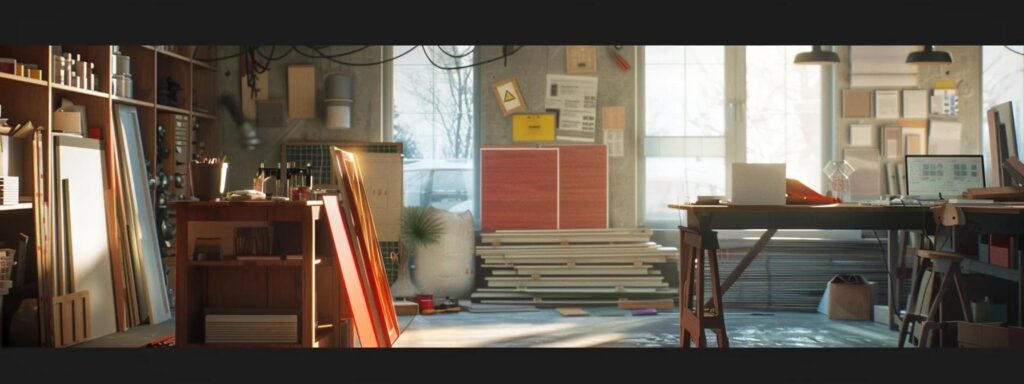
Despite its many advantages, vinyl siding may eventually need repairs or replacement. Knowing the correct solutions can help maintain its effectiveness and appearance.
Identify Common Damage Scenarios and Repair Techniques
Common issues include scratches, dents, and minor cracks from impacts or severe weather. Often, individual panels can be patched or replaced using manufacturer repair kits, making DIY fixes a practical option for small damages.
Discuss Signs Indicating a Need for Replacement
When fading, warping, or breakdowns in interlocking systems become frequent, it may be time to replace the siding. Repeated issues with moisture or insulation also indicate that replacement might be the more cost-effective long-term solution.
Evaluate Cost-Effective Repair Solutions for Homeowners
Using approved repair kits or hiring professionals for moderate repairs can help avoid the expense of complete replacement. Reinforcing damaged areas and sealing seams extend the siding’s lifespan economically.
Explore Professional Services vs. DIY Repair Methods
Small, localized damage might be repaired with a DIY kit, but extensive or cosmetic repairs are best handled by professionals. Experienced contractors can ensure that repairs seamlessly match the original installation for lasting results.
Review Preventative Measures to Extend Siding Lifespan
Regular cleaning, inspections, and timely repairs help extend the lifespan of vinyl siding. Annual check-ups after severe weather, along with proper sealing around windows and doors, reduce the risk of moisture damage and keep the siding performing optimally.
Frequently Asked Questions
Q: How does vinyl siding compare to other materials in areas with extreme weather? A: Vinyl siding is designed to expand and contract minimally with temperature changes, making it resilient in regions like Central Illinois.
Q: What maintenance is required for vinyl siding over time? A: It typically requires only periodic cleaning with mild detergent and water to remove dirt and debris.
Q: Can vinyl siding improve my home’s energy efficiency? A: Yes, when combined with proper insulation, vinyl siding helps stabilize indoor temperatures and can save up to 10–15% on energy bills annually.
Q: How long does vinyl siding typically last? A: With proper installation and maintenance, high-quality vinyl siding can last 20 to 40 years.
Q: Are there eco-friendly vinyl siding options available? A: Many manufacturers offer recycled, environmentally friendly vinyl siding that maintains durability and aesthetic appeal while reducing environmental impact.
Q: What are the common repair methods for vinyl siding damage? A: Minor dents or scratches can be fixed with specialized repair kits, whereas more extensive damage might require individual panel replacement.
Q: Does vinyl siding offer any noise reduction benefits? A: Yes, it creates an insulating barrier that reduces external noise, contributing to a quieter home environment.
Q: How important is professional installation for vinyl siding? A: Professional installation ensures optimal fitting, maximizing durability, energy efficiency, and overall performance.
Final Thoughts
Vinyl siding stands out as a durable, energy-efficient, and low-maintenance option perfectly suited for Central Illinois. It addresses temperature fluctuations, humidity, precipitation, and wind, all while offering significant aesthetic and practical benefits. Homeowners benefit from its cost-effectiveness, long-term energy savings, and minimal upkeep. With proper installation and regular maintenance, vinyl siding not only protects but also enhances the overall value and appearance of the home, making it a sound investment for lasting home improvements.
